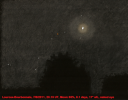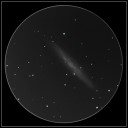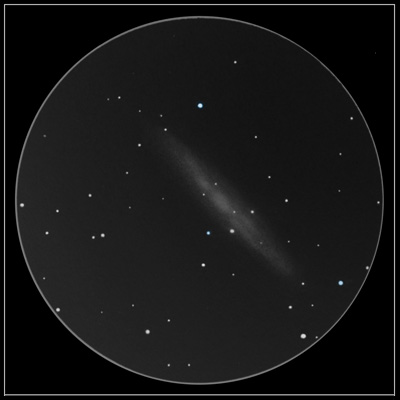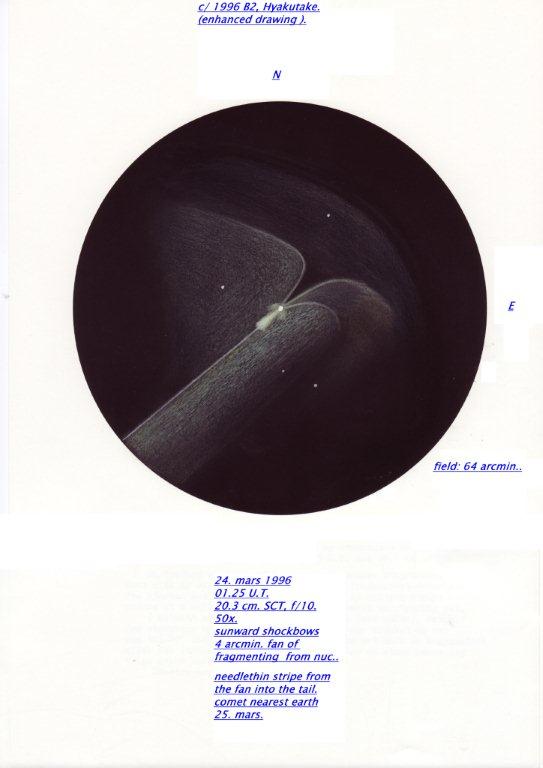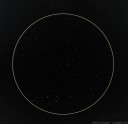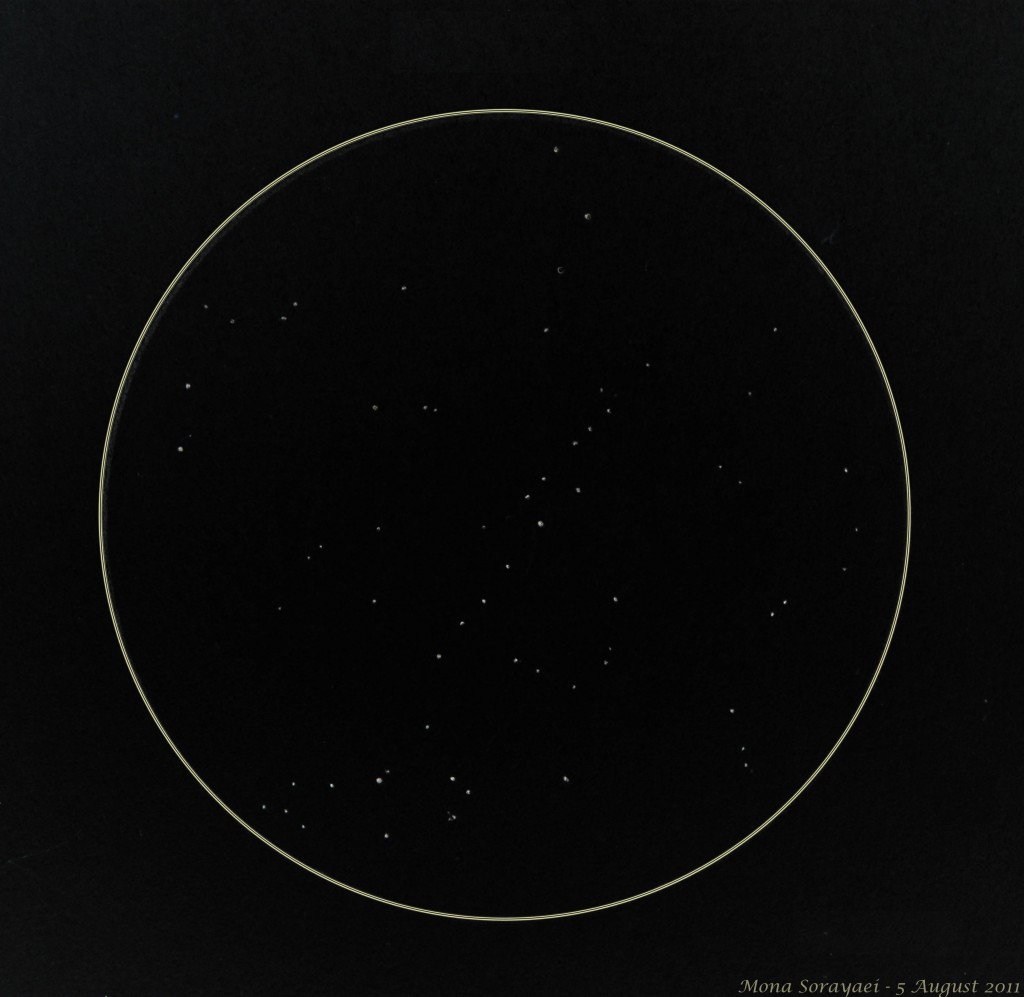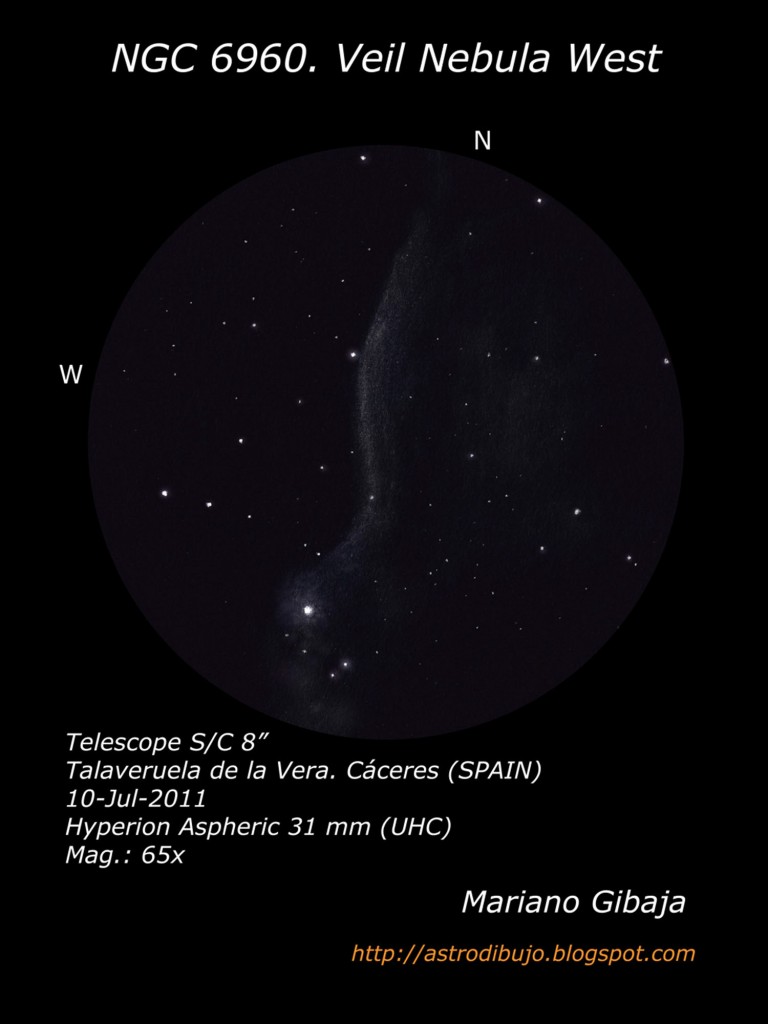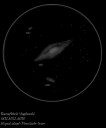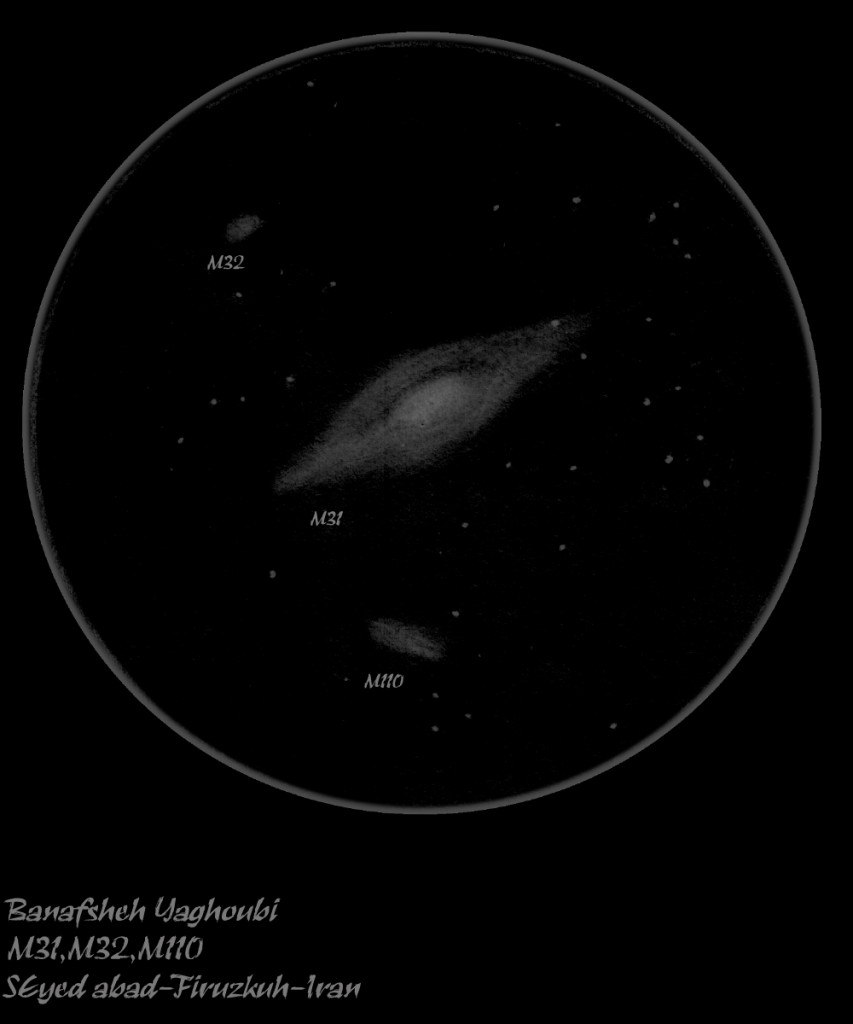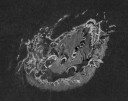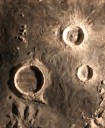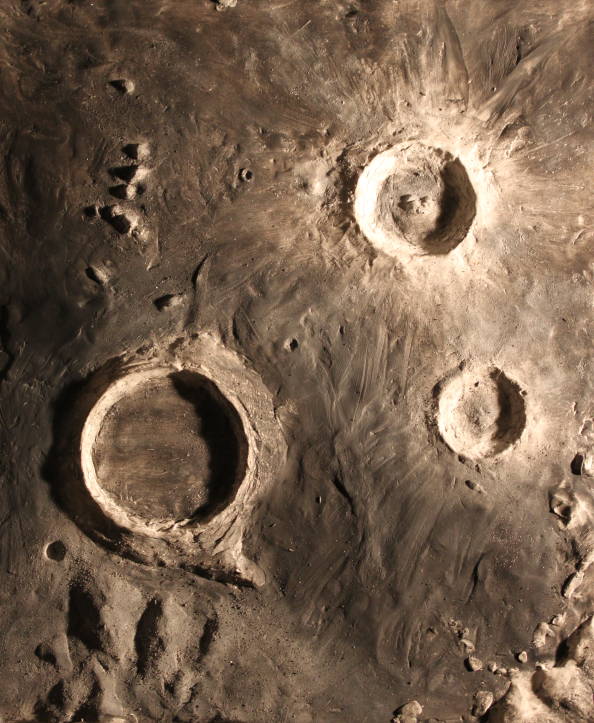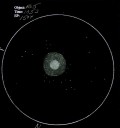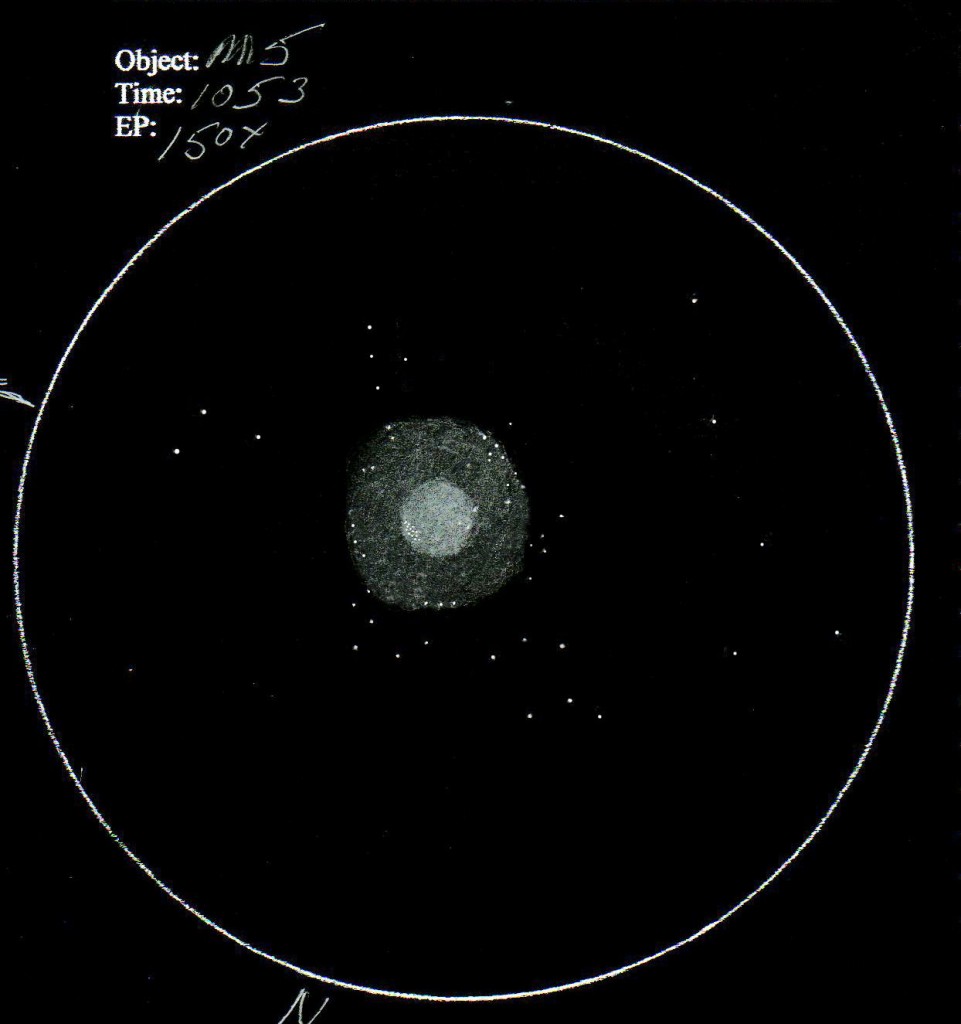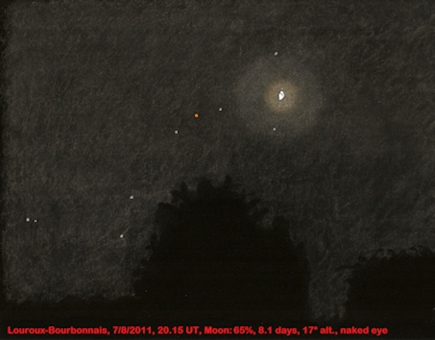
On holiday in France I witnessed a beautiful conjunction between the Moon and the constellation Scorpius. Sketching the background with a pastel pencil was the most difficult task to do. I think I will use a chalk pastel next time for a smoother result. There is also still some work on the stars (I almost never draw naked eye stars). On the other hand the glow around the Moon looks very nice. Hope you like my holiday souvenir.
Clear skies
Jef De Wit
Object Name: Moon and constellation Scorpius
Object Type: moon and asterism
Location: Louroux-Bourbonnais, France (46°33’ N 2°51’ E)
Date and time: 7 August 2011 around 20.15 UT
Equipment: naked eye
Medium: color pastel pencils on black paper, Antares and Moon were redraw digital, process with Paint
